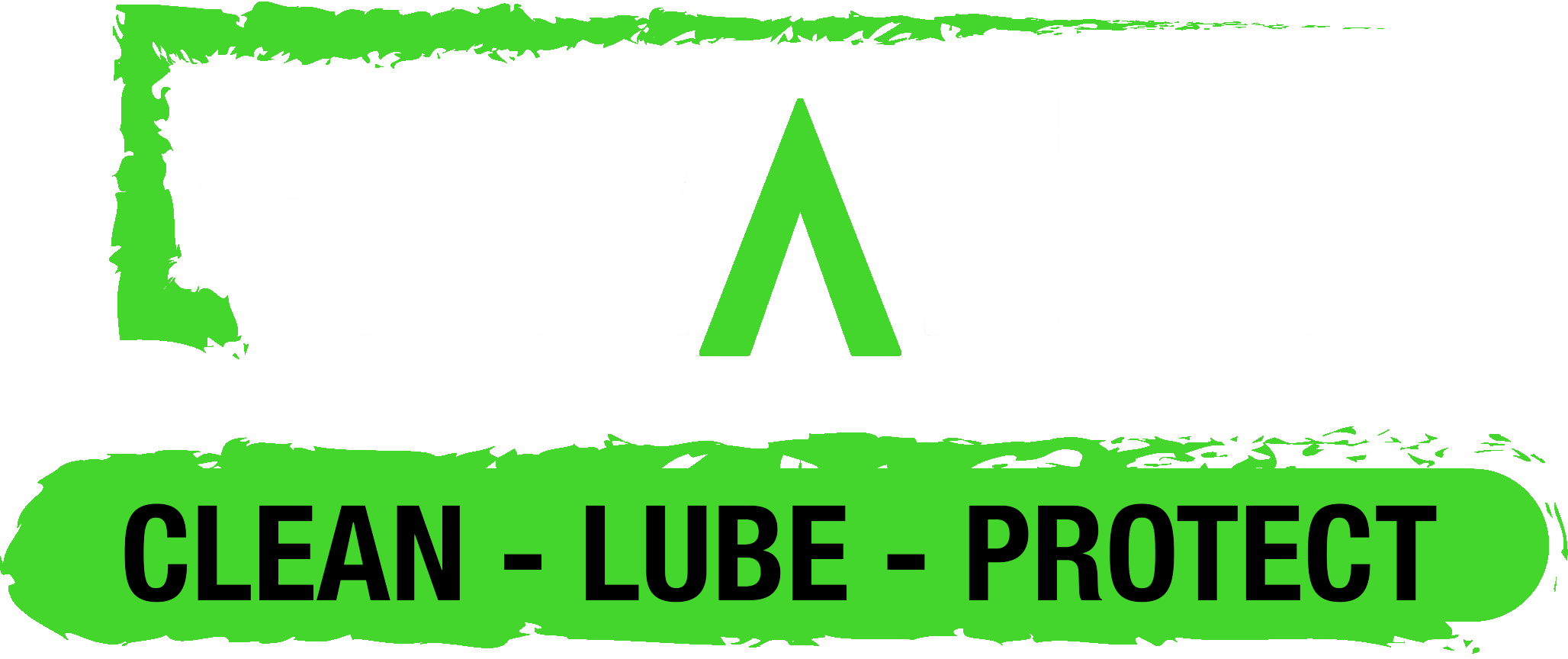E’ una delle situazioni più spiacevoli che ci possono capitare durante un giro in bicicletta soprattutto se siamo lontani da casa.
Proprio per questo motivo è sempre utile avere un kit ripara gomme come la nostra bomboletta “gonfia e ripara” Air Latex nella tasca posteriore della jersey.
Ma è veramente possibile diminuire il rischio di foratura con alcuni interessanti accorgimenti?
Assolutamente sì, ecco otto consigli utili che possiamo adottare abitualmente per diminuire le probabilità di foratura con la nostra bicicletta da corsa.
Una delle maggiori cause di foratura è dovuta ai detriti ed alle buche che possiamo trovare sul manto stradale poco curato. I violenti urti dovuti ai numerosi avvallamenti possono causare la “pizzicatura” della camera d’aria.
Come possiamo evitare questi spiacevoli inconvenienti?
- Purchase sturdy tires. The type of resistance of the tire to puncture is found by taking the TPI value expressed by the manufacturer as a yardstick. The TPI is the number of threads per inch. The higher the tpi the greater number of threads per inch will be present in the clincher, which translated means resistance. Some manufacturers have developed additional protection systems that are placed under the tread and which obviously serve to avoid punctures by debris.
- Use a tubeless clincher. It needs a suitable rim as in mtb and a clincher specially designed for this use. The air chamber disappears, an advantage that allows us to avoid pinching. Inside it is inserted some sealing liquid which, in the event of a puncture, covers the hole almost without loss of pressure.
- Always look ahead. Turning our gaze towards the horizon with some attention helps us avoid possible holes or debris on the road that could also turn into ruinous falls.
- Check the condition of the clincher for wear. A clincher that is particularly worn or with a visible cloth is more prone to punctures.
- Avoid the extreme side of the road where all the debris accumulates due to the passage of numerous cars. In this way we will avoid sharp stones and glass.
- Tire inflation. An eye on the pressure of the rubber based on its weight and the characteristics of the rubber itself. The more a tire is swollen, the less it becomes subject to sharp stones that will be moved outside. The less swollen the tire is, the more it will be prone to punctures.
- Avoid holes as much as possible. They are the most dangerous thing that can exist, the greatest cause of punctures, breaks and falls. As we explained at the beginning, if we hit a hole with some violence we could run into the classic pinching of the air chamber with consequent puncture.
- Tackle the dips like a real biker. Getting up from the saddle and lightening the weight on the bike will help you copy the hole without having an additional load on the wheels. A riding technique that bikers often use when facing an obstacle.
